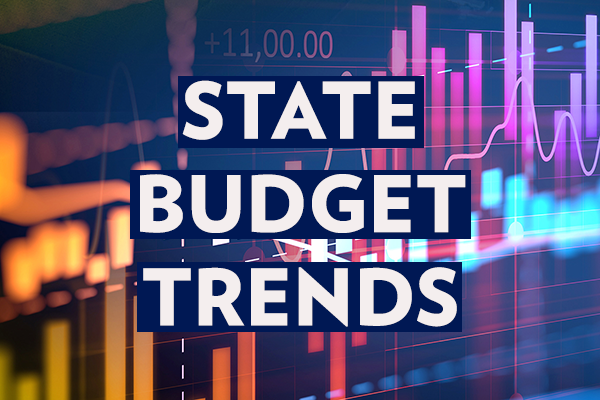Another budget season has come and gone in Harrisburg.
As usual, education spending was one of the hottest topics. Constant demands for “more money” by teachers’ unions and their politician friends have given people the false idea that schools are underfunded.
Even before the $423 million education increase in the 2019-20 budget that was signed last week, Pennsylvania schools were not underfunded.
In 2017-18, Pennsylvania school districts spent $30.2 BILLION. That represents an 18 percent increase since 2012-13, despite a 2 percent decrease in the total number of students during the same period. The overall inflation from 2012 to 2018 was around 10 percent. So public school spending increased almost twice the rate of inflation, despite losing students.
Infographic: School District Spending
While $30.2 billion sounds like—and is—a lot of money, without more context it’s hard to know if it’s enough. That’s where per-pupil funding helps. In 2017-18, Pennsylvania public schools spent an average of $17,600 per student. For comparison, the average Educational Improvement Tax Credit (EITC) and Opportunity Scholarship Tax Credit (OSTC) scholarships were $1,800 and $2,400 respectively that year. Moreover, the average tuition at Pennsylvania’s Catholic schools in 2017-18 was $7,200 for high school and $3,900 for grade school.
Compared to other states, Pennsylvania’s overall funding per pupil ranked ninth in 2015-16 (which is the most recent year data is available nationwide). We spend $3,900 more per pupil than the U.S. average. We’re higher than the national average in all categories: Federal, State, and Local.
Infographic: PA School Revenue Per Student
State funding of education has increased nearly 20 percent in the last five years and is at an all-time high. This year's $25 million increase just for pre-K equals the entire EITC increase. The boost in special education spending—$50 million—dwarfs the total increase in both EITC and OSTC. Governor Wolf brags that he’s increased education funding by $1.4 billion in five years—but he gives no sign that it will ever be enough.
Infographic: PA State Aid to School Districts
To obfuscate the truth about education funding, advocates for unlimited spending increases frequently cite a meaningless statistic: the state’s “share” of education funding. State taxpayers cover 37 percent of the tab in Pennsylvania compared to an average of 47 percent across the nation.
The reason for this difference is simple: Pennsylvania schools receive an average of $3,500 more per student from local revenue than the national average. If Pennsylvania districts cut local taxes and brought local per-pupil funding in line with the national average, the state share would jump to 47 percent. It’s unlikely this would be the end of demands for “more money.”
There’s a smarter solution that offers immediate relief to taxpayers and students: raising the limits on tax credit scholarships, which help low- and middle-income families afford educational choice. Fortunately, some lawmakers fought for and secured a $25 million increase in the Educational Improvement Tax Credit (EITC) and a $5 million increase in the Opportunity Scholarship Tax Credit (OSTC) programs.
According to a new study, these two programs have saved Pennsylvania school districts $4 to $6 billion since 2002. This is driven by savings of $4,000 to $6,800 per scholarship. And since EITC and OSTC don’t cause districts to lose a single penny in funding, the programs also result in increased funding per pupil for students who stay in district schools.
EITC and OSTC expansion offers a rare win-win-win for Pennsylvanians by addressing unmet needs and creating future savings for district schools. Kudos to the lawmakers who made sure the budget raised the caps on tax credit scholarships.





